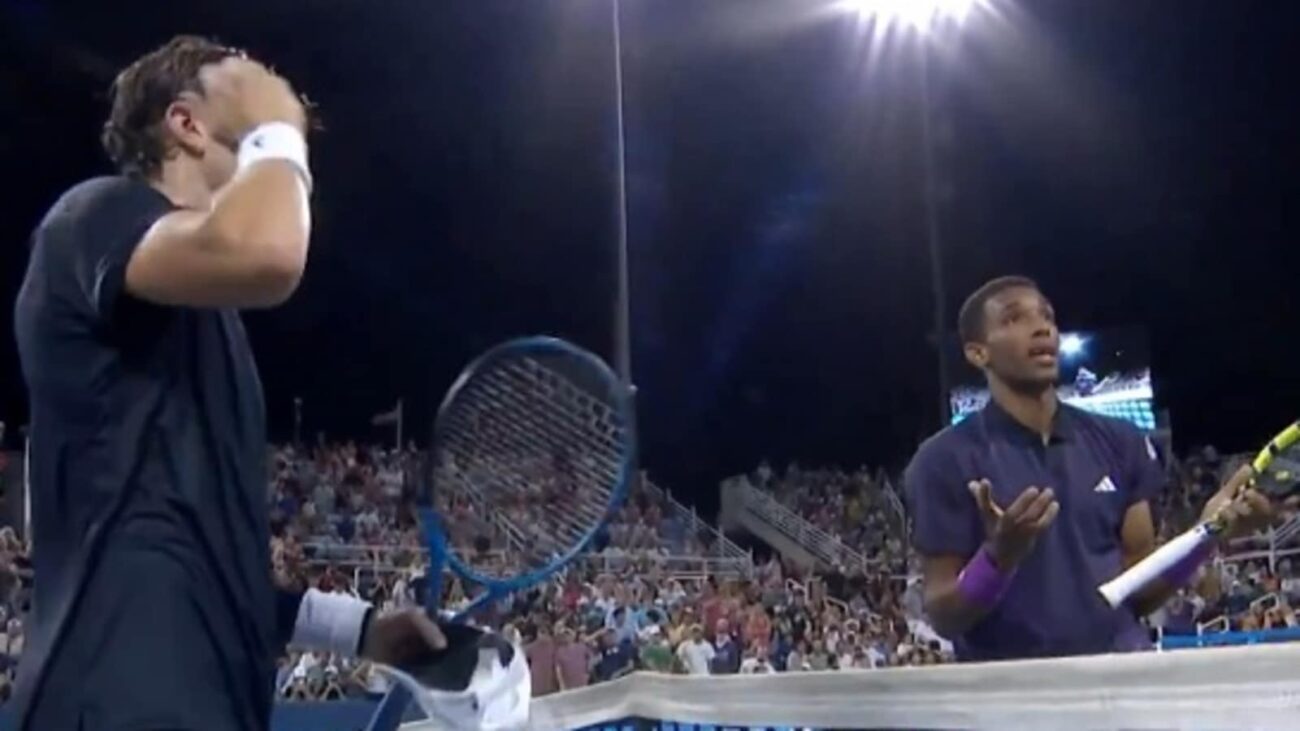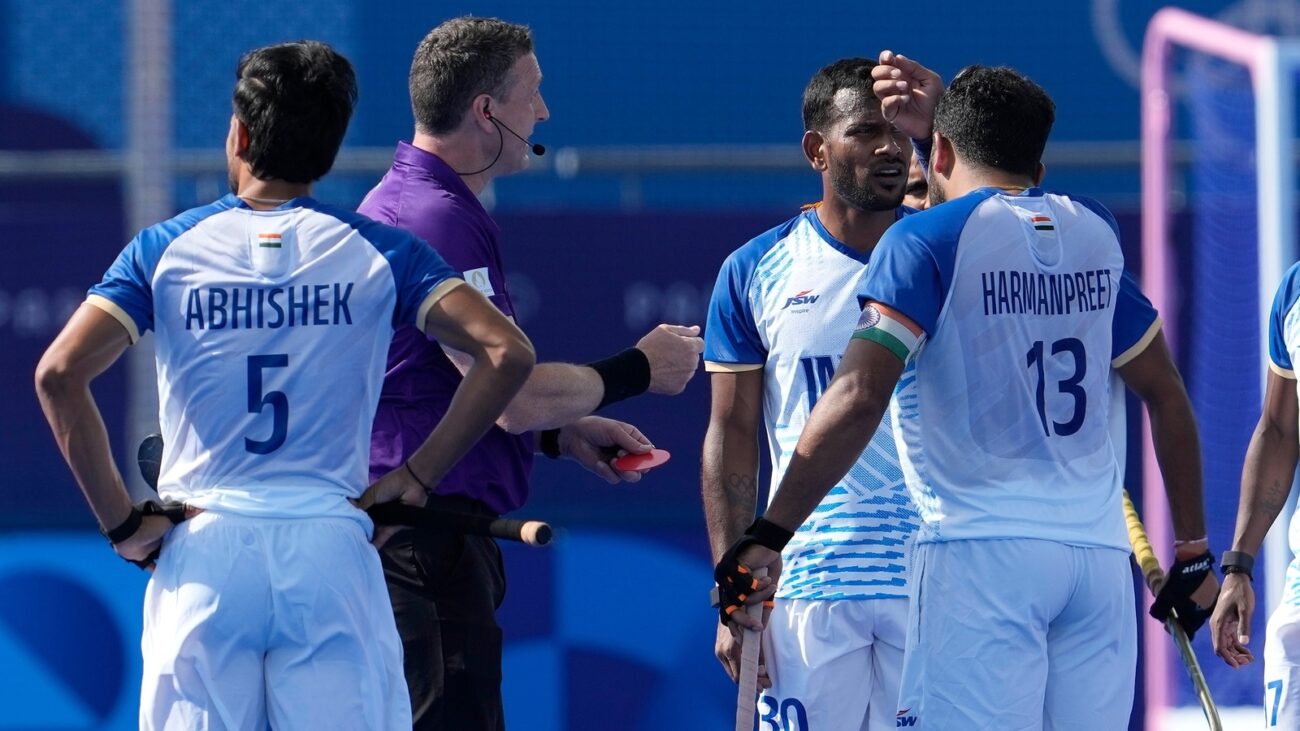Jack Draper Moves On from Cincinnati Controversy, Eyes Alcaraz Rematch at US Open
Jack Draper, the rising British tennis star, has overcome the mental turmoil caused by a controversial match point in Cincinnati to make a strong start at the US Open.
Draper, ranked 25th in the world, has reached the third round in New York without dropping a set, defeating Zhang Zhizhen and Facundo Diaz Acosta in straight sets. The 22-year-old is making up for lost time after missing much of last season due to injuries.
However, Draper’s recent success has been overshadowed by the controversy surrounding his match point against Felix Auger-Aliassime in Cincinnati. Chair umpire Greg Allensworth missed a crucial call, awarding the point to Draper despite the ball bouncing twice before clearing the net.
The incident sparked widespread criticism on social media, with many accusing Draper of cheating. Draper initially offered to replay the point but ultimately left the decision to the umpire. He later admitted that the controversy affected him in the following match, which he lost to Holger Rune.
“It was a bit of a storm last week,” Draper said. “I played three tough matches there, and then in the match against Holger, I wasn’t all there. I was not only physically tired, but mentally sort of bamboozled by the night before.”
Draper has since recovered from the incident and is focused on competing at the US Open. He is on course for a rematch with 2022 champion Carlos Alcaraz in the next round.
“I’ve played him a couple of times on hard courts, and it’s a different ballgame,” Draper said. “If I do play him, I’ll be expecting a very different Carlos Alcaraz out there than the one I played in Queens’ Club. But I’m looking forward to that battle.”
The US Open has implemented an expanded video review system, allowing players to challenge incidentals like the one that occurred in Cincinnati. Draper believes this will improve the officiating system.
“It’s very easy to see on the slow-mo replay from the side of the court that, in that situation, it was an illegal shot,” Draper said. “But anyone who’s playing the game out there knows it’s not always easy in that situation to actually know what happened.”



